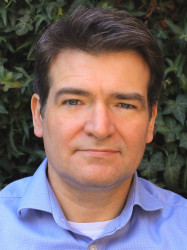BibTex format
@article{Shi:2021:10.7150/ntno.56432,
author = {Shi, X and Perry, H and Wilton-Ely, J},
doi = {10.7150/ntno.56432},
journal = {Nanotheranostics},
pages = {155--165},
title = {Strategies for the functionalisation of gold nanorods to reduce toxicity and aid clinical translation},
url = {http://dx.doi.org/10.7150/ntno.56432},
volume = {5},
year = {2021}
}

